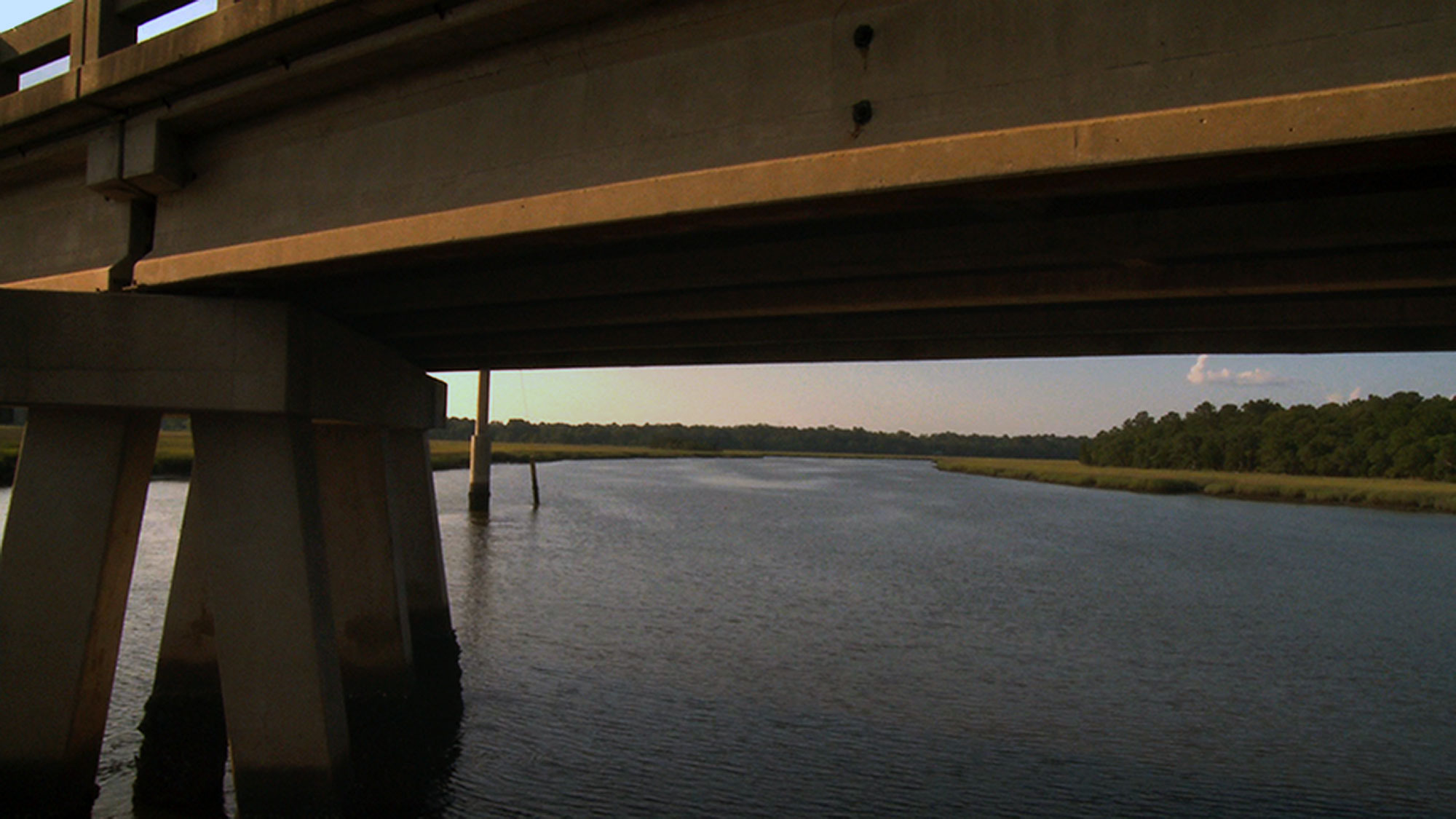KEITH WILSON
The Shrimp
Documentary, 12 min., 2010
Documentary, 12 min., 2010
THE SHRIMP follows the life cycle of a shrimp along the marshes of Savannah, Georgia. Lush, painterly images and a (un)canny audio soundtrack create a rich observational work about Southern culture, human folly and the interplay of natural and built environments.
Watch the Film
Available to stream or purchase the film at New Day Films
Awards
Director's Choice Award - Black Maria Touring Festival
Best Cinematography - Nextframe Film Festival
Selected Screenings
South by Southwest Film Festival
National Gallery of Art, Washington, DC
Black Maria Touring Festival
Berlin International Short Film Festival
Indie Grits Film Festival
Vienna Short Film Festival
Chicago Short Film Brigade
Center for Sustainable Development, Austin, Texas
Dallas Video Festival
Savannah College of Art & Design
Echo Park Film Center - "Someplace I Don't Belong" curated by John Palmer



From Documentary Voice & Vision (Routledge, 2016)
Keith Wilson’s 15-minute The Shrimp (2009) is about shrimping on the Gulf Coast, and draws its structure from the life cycle of one shrimp. Except for a brie bit of context in the form of text cards at the beginning … we are told very little and left to draw our own conclusions. Part of the film’s appeal, in fact, is ou recognition that the story is structured to show us every phase of the food chain from catching shrimp, to cleaning, cooking, and eating it. Finally, in a humorous twist, the camera tracks across a row of houses and we hear water (and probably more) running through pipes. At a sewage treatment plant we see water being treated, and eventually returning to the spawning grounds where future shrim will be born and the cycle will recur. Wilson’s film reminds us that attention to story structure in the preproduction phase will bear fruit all the way down the line.
— Kelley Anderson and Martin Lucas